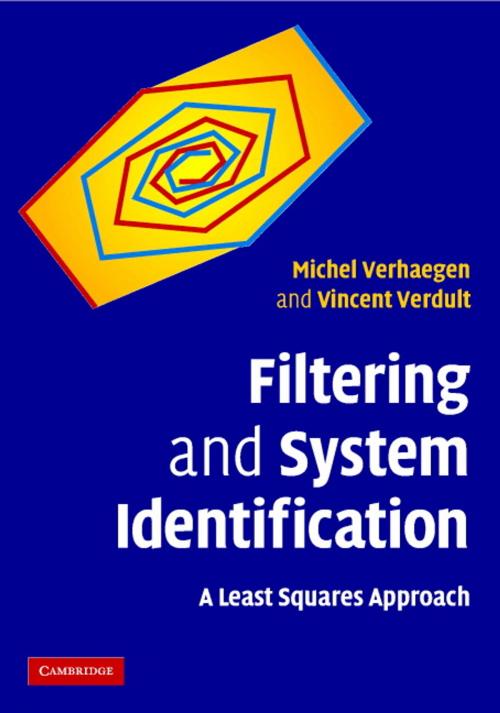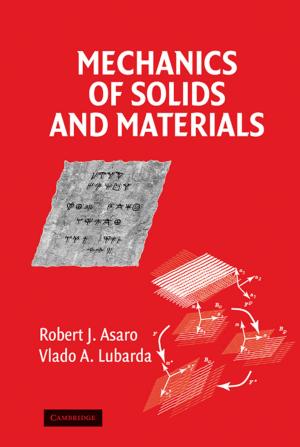Filtering and System Identification
A Least Squares Approach
Nonfiction, Science & Nature, Mathematics, Computers, General Computing, Technology| Author: | Michel Verhaegen, Vincent Verdult | ISBN: | 9781107386471 |
| Publisher: | Cambridge University Press | Publication: | April 26, 2007 |
| Imprint: | Cambridge University Press | Language: | English |
| Author: | Michel Verhaegen, Vincent Verdult |
| ISBN: | 9781107386471 |
| Publisher: | Cambridge University Press |
| Publication: | April 26, 2007 |
| Imprint: | Cambridge University Press |
| Language: | English |
Filtering and system identification are powerful techniques for building models of complex systems. This 2007 book discusses the design of reliable numerical methods to retrieve missing information in models derived using these techniques. Emphasis is on the least squares approach as applied to the linear state-space model, and problems of increasing complexity are analyzed and solved within this framework, starting with the Kalman filter and concluding with the estimation of a full model, noise statistics and state estimator directly from the data. Key background topics, including linear matrix algebra and linear system theory, are covered, followed by different estimation and identification methods in the state-space model. With end-of-chapter exercises, MATLAB simulations and numerous illustrations, this book will appeal to graduate students and researchers in electrical, mechanical and aerospace engineering. It is also useful for practitioners. Additional resources for this title, including solutions for instructors, are available online at www.cambridge.org/9780521875127.
Filtering and system identification are powerful techniques for building models of complex systems. This 2007 book discusses the design of reliable numerical methods to retrieve missing information in models derived using these techniques. Emphasis is on the least squares approach as applied to the linear state-space model, and problems of increasing complexity are analyzed and solved within this framework, starting with the Kalman filter and concluding with the estimation of a full model, noise statistics and state estimator directly from the data. Key background topics, including linear matrix algebra and linear system theory, are covered, followed by different estimation and identification methods in the state-space model. With end-of-chapter exercises, MATLAB simulations and numerous illustrations, this book will appeal to graduate students and researchers in electrical, mechanical and aerospace engineering. It is also useful for practitioners. Additional resources for this title, including solutions for instructors, are available online at www.cambridge.org/9780521875127.















